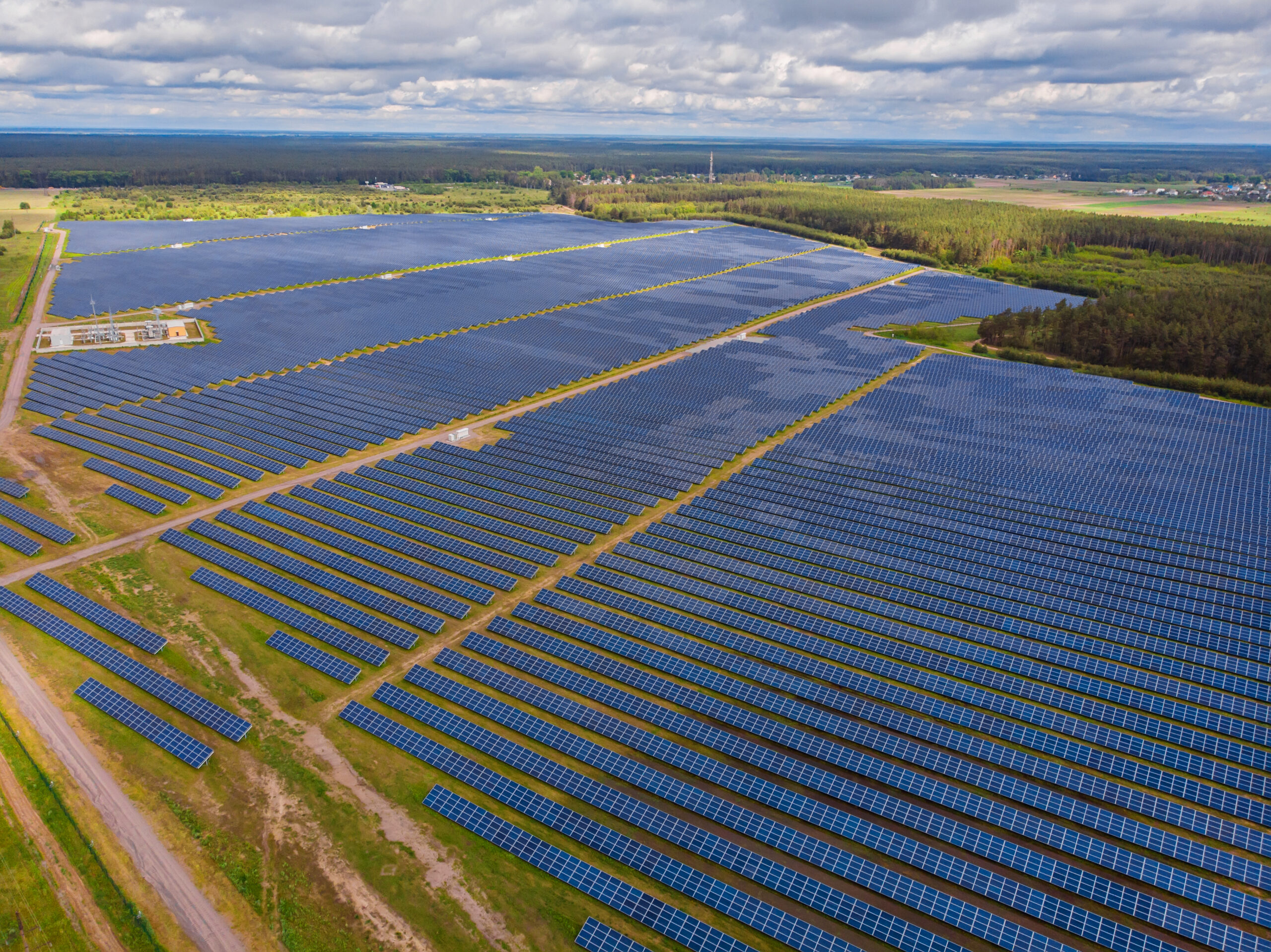Drones For Solar Panel Inspection
Drones provide a practical solution for many business ventures across industries. They assist inspection teams in avoiding hazards and are deployed for emergency repairs. On top of this, they also see use in surveillance and aerial photography. The renewable energy industry extensively deploys drones. Drone inspection of solar panels, wind turbines, and other power plants is becoming the new standard.
Uses of Drones for Solar Farm Inspection
Yearly inspections are a requirement for many power plants. Solar farm inspections and maintenance are challenging because solar panels are installed on vast land and exposed to the elements. These days, solar panel inspection using drones is more necessary than ever. They are less expensive than planes or manned aircraft and save time by easy accessibility and operation. Additionally, they can inspect thousands of panels faster, reducing worksite hours and avoiding injuries.
Additional benefits for solar panel inspection:
- Better documentation – Drones can help operators capture and categorize data over time, giving technicians the information they need for proper maintenance.
- Faster defect and fault detection – Drones can detect defects or damages in solar hardware after installation.
- More efficient procedures – Drone inspections can be done without needing to shut down the entire operation.
Top Qualities of Drones in Solar Panel Inspection:
- Flight range
Solar farms can span several hectares that can be difficult to inspect and survey by foot. Because of this, drones with an extended flight range can easily watch more ground. - Flight duration
Flight duration is another needed quality for solar panel inspection using drones. Longer flight times allow them to survey more areas and retrieve more high-resolution footage, especially from greater distances. - Payload capacity
Maintenance and repair crews need replacement parts and additional tools. A drone with an adequate payload capacity can easily send out these types of cargo. As a result, faulty panels and photovoltaic (PV) cells are repaired more quickly. - Recharge time
A self-charging solar drone or one with a wireless charging pad further streamlines regular inspection. Along with pre-programmed flight routes, reduced recharge time ensures that each flight run is as automated and efficient as possible. - Weight
Weight is another factor that limits the drone’s capability. The heavier the drone, the more power is required to achieve liftoff. A balance in weight allows it to fly faster and longer while still able to carry much-needed onboard sensors. - Durability
Drones can fly into unexpected rough winds and crash into other objects. Being able to withstand impact and operate normally separates high-quality drones from other models. - Camera
Solar panels reflect light and can skew images from handheld cameras during data collection. With drones, this is usually not an issue thanks to their multispectral sensors, which allow for different types of imaging. - Artificial intelligence
Drone solar panel inspection accounts for different factors and variables in PV cells and panels. Onboard software can help process large amounts of raw data and high-resolution footage to yield critical insights. - Data storage
High-resolution multispectral images naturally take up large amounts of storage space. Today, large storage capacities are more commonplace, allowing drones to collect and process more data in real time. - Customizability
Maintenance and repair teams occasionally need to make repairs in otherwise inaccessible areas. Swappable attachments, like robotic arms and cameras, are essential for quick and efficient maintenance during a solar inspection.

